Home>Garden Essentials>What Is The Smallest Seed
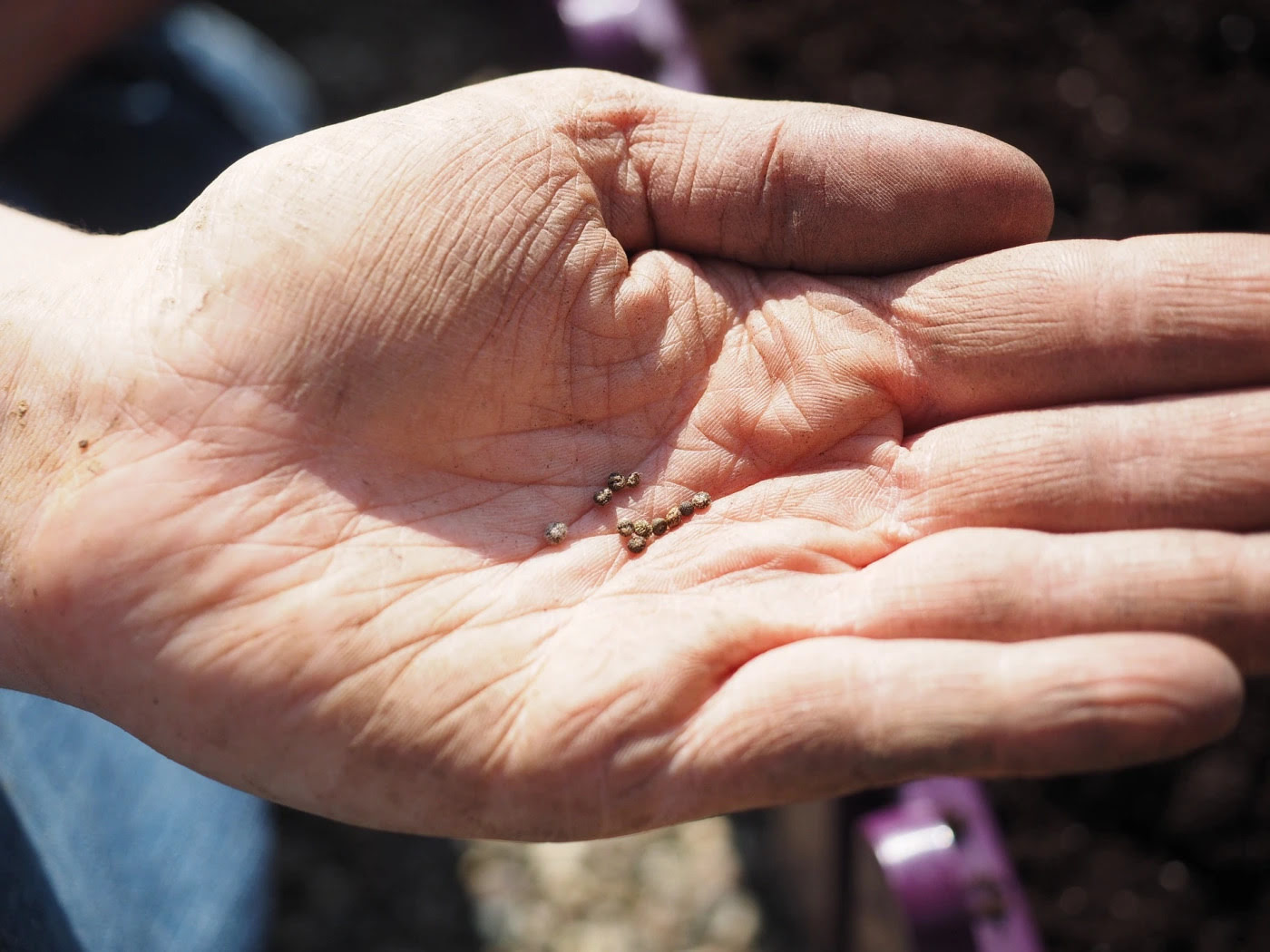

Garden Essentials
What Is The Smallest Seed
Modified: September 1, 2024
Learn about the fascinating world of gardening and discover the tiniest seed ever, in our comprehensive guide on what is the smallest seed for your garden.
(Many of the links in this article redirect to a specific reviewed product. Your purchase of these products through affiliate links helps to generate commission for Storables.com, at no extra cost. Learn more)
Introduction
Welcome to the fascinating world of gardening and seeds! Whether you are an experienced gardener or just starting out with your green thumb, understanding the importance of seeds is essential. As you explore the vast array of plant species, you may come across various sizes of seeds. In this article, we will focus on the smallest seeds and delve into their significance in the world of gardening.
Seeds are the starting point of a plant’s life cycle. They contain all the necessary genetic information to develop into a mature plant. The diversity in seed size across different plant species is remarkable. Some seeds are large and easily visible, while others can be incredibly small, almost like specks of dust.
The size of a seed holds great importance as it can determine the plant’s growth, propagation, and survival. It plays a vital role in ensuring the reproductive success of plants. Smaller seeds face unique challenges and have specific adaptations to overcome them.
In the plant kingdom, there are numerous examples of small seeds that have evolved to thrive in different environments. These plants have developed strategies to disperse their small seeds effectively, ensuring the survival of their species.
The debate surrounding the smallest seed in the world is an intriguing one. Many plants claim to have the tiniest seed, but the exact winner remains a subject of discussion among botanists and gardening enthusiasts. We will explore some of the contenders and the remarkable characteristics of their tiny seeds.
Several factors influence the size of a seed, including genetics, environment, and evolution. Understanding these factors can provide valuable insights into the intricate world of plants and their adaptations.
In this article, we will dive deep into the world of small seeds, exploring their significance, examining notable examples, delving into the debate of the smallest seed, and unraveling the factors that contribute to their size.
So, join us on this journey as we unravel the secrets of the smallest seeds and gain a deeper understanding of the fascinating world of gardening and plants!
Key Takeaways:
- Small seeds play a big role in plant survival, with unique adaptations for dispersal and growth. From orchids to dandelions, these tiny seeds are essential for diverse plant species.
- Seed size matters! It affects how plants spread, grow, and compete. Factors like environment, dispersal, and predation shape seed size, showcasing nature’s incredible diversity and ingenuity.
Read more: What Is The Smallest Kitchenaid Mixer
Definition of Seed
Before we delve into the world of small seeds, let’s first establish a clear understanding of what a seed is. A seed is the reproductive structure of a plant that contains an embryo, along with the necessary nutrients and protective covering for its development.
Seeds are formed after the process of fertilization, where the male pollen from the flower’s stamen combines with the female ovule. The fertilized ovule undergoes a transformation, developing into a seed that contains all the necessary components for a new plant to grow.
Structure-wise, a seed is composed of three main parts: the embryo, the storage tissue, and the seed coat. The embryo contains the miniature version of the plant, complete with the root, stem, and sometimes leaves. The storage tissue, known as the endosperm or cotyledons, provides the necessary nutrients for the embryo’s development until it can establish a root system and perform photosynthesis on its own. The seed coat, or outer covering, protects the embryo and the storage tissue from damage, desiccation, and external threats.
Seeds come in various shapes, sizes, and colors, depending on the plant species. Some seeds are large and easily noticeable, like the coconut, while others are incredibly small and often go unnoticed unless observed closely or under a microscope.
Small seeds, despite their diminutive size, contain all the genetic information needed for the plant to grow and reproduce. They can adapt to unfavorable conditions and disperse effectively to maximize their chances of survival and propagation.
Understanding the structure and function of seeds is crucial for gardeners and botanists alike. It allows us to appreciate the complex biology behind plant reproduction and make informed decisions when it comes to selecting, sowing, and caring for seeds in our gardens.
In the next section, we will explore the significance of seed size and how it affects the growth and survival of plants.
The Significance of Seed Size
Seed size plays a crucial role in the growth, propagation, and survival of plants. It is an important trait that has evolved over time, shaping the characteristics and strategies of various plant species. Let’s explore the significance of seed size in more detail.
1. Dispersal Mechanisms: The size of a seed directly impacts its dispersal mechanism. Larger seeds, such as those of fruits, are often dispersed by animals that consume the fruit and excrete the seeds elsewhere. In contrast, small seeds rely on other methods of dispersal, such as wind, water, or attachment to animals. These different mechanisms allow plants to colonize new habitats and reduce competition with parental plants.
2. Resource Allocation: The size of the seed determines the initial nutrient reserve available to the developing embryo. Larger seeds typically have more stored nutrients, providing an advantage for early growth and establishment. This can be especially important in resource-limited environments or during unfavorable growing conditions.
3. Germination Success: Seed size can influence the germination success of a plant. Smaller seeds may have a higher germination rate compared to larger seeds because they tend to have a higher surface-to-mass ratio, allowing for faster and more efficient water absorption. However, larger seeds may have a competitive advantage in resource-rich environments, where they can establish a stronger root system and access more nutrients.
4. Seedling Vigor: The size of the seed can determine the vigor of the resulting seedling. Larger seeds often produce more robust seedlings with stronger root systems and a higher chance of survival. They have a better ability to withstand environmental stresses such as drought, competition, or herbivory.
5. Seed Longevity: Small seeds generally have a shorter lifespan compared to larger seeds. This is because smaller seeds often have fewer stored reserves and are more vulnerable to desiccation or predation. Conversely, larger seeds often have a higher chance of surviving long periods until favorable conditions for germination are met.
6. Competitive Advantage: In dense plant communities, larger seeds may have a competitive advantage over smaller seeds. They can germinate and establish themselves in areas of limited resources more effectively, allowing them to outcompete other plants for light, water, and nutrients.
Overall, seed size is a critical trait that influences the ecological success of a plant. It determines how seeds are dispersed, their initial nutrient reserves, germination success, seedling vigor, longevity, and competitive ability. Understanding the significance of seed size can help gardeners and botanists make informed decisions when selecting and cultivating plants for specific environments and purposes.
Examples of Small Seeds in Plants
Although small seeds may often go unnoticed due to their size, they are present in a wide range of plant species. These plants have evolved unique strategies to disperse their small seeds effectively and ensure their survival. Let’s explore a few examples of plants with small seeds:
1. Orchids (Family Orchidaceae): Orchids are known for their exquisite flowers, but they also produce some of the smallest seeds in the plant kingdom. Orchid seeds are almost microscopic and have a dust-like texture. To enable successful germination, many orchids rely on symbiotic relationships with fungi to provide the necessary nutrients for seedling development.
2. Epiphytic Plants: Epiphytic plants, such as air plants (Tillandsia spp.) and certain ferns, grow on other plants but do not rely on them for nutrients. These plants often have small seeds that can easily hitch a ride on wind currents to reach new host plants. The small seeds of epiphytic plants allow them to colonize different habitats and adapt to a variety of conditions.
3. Creeping Mosses (Bryophytes): Mosses are non-vascular plants that reproduce by spores. Their tiny spores can be considered a type of small seed. These spores are dispersed by the wind and can settle in favorable environments, germinating into new moss plants. The small size of the spores allows them to travel long distances effortlessly.
4. Dandelion (Taraxacum officinale): The dandelion is a common weed with small seeds attached to a pappus, also known as the feathery parachute-like structure. These lightweight seeds are easily carried by the wind to new areas, allowing the dandelion to colonize diverse habitats. The small size and aerodynamic design of the seeds maximize their chances of successful dispersal.
5. Grasses (Family Poaceae): Grasses, such as wheat, barley, and rice, produce small seeds that have played a crucial role in human civilization. These seeds, often referred to as grains, are important food crops and provide essential nutrients worldwide. Grasses have evolved to disperse their seeds through the wind, animal consumption, or attachment to fur or feathers.
These examples represent just a fraction of the vast array of plants with small seeds. Each plant has developed unique adaptations and mechanisms to ensure the dispersal and successful germination of their small seeds, contributing to the diversity and survival of their respective species.
Next, let’s explore the ongoing debate regarding the title of the smallest seed in the world.
The smallest seed is produced by the orchid plant, which is so tiny that it is almost impossible to see with the naked eye.
The Debate over the Smallest Seed
The world of small seeds is filled with intrigue and wonder, and it is in this realm that a heated debate ensues – determining the claim to the title of the smallest seed in the world. Although several contenders have been proposed, pinpointing the absolute smallest seed remains elusive and subject to ongoing discussions.
One plant that often emerges as a frontrunner in this debate is the seed of the epiphytic orchid (Family Orchidaceae). Orchid seeds are incredibly tiny, almost like specks of dust, and are known for their unique structure and reproductive mechanisms. These microscopic seeds rely on specialized adaptations to disperse and germinate successfully.
Other contenders vying for the title include the seeds of certain aquatic plants, such as the water-meal (Wolffia spp.), which are barely visible to the naked eye. These minuscule seeds are known for their globular shape and ability to float on the water’s surface, allowing for efficient dispersal.
The debate over the smallest seed also includes the seeds of various parasitic plants, such as the dodder (Cuscuta spp.) and broomrapes (Orobanche spp.). These plants have evolved tiny seeds that lack endosperm and rely entirely on parasitizing host plants for nutrients during germination and seedling establishment.
Additionally, certain plants with wind-dispersed seeds, like the poplar tree (Populus spp.), produce small and lightweight seeds that can travel considerable distances. These seeds are propelled by the wind using pappi or wings and demonstrate remarkable adaptations for efficient dispersal.
Despite the ongoing debate over the smallest seed, it is important to note that the significance of seed size extends beyond sheer measurement. Seed size influences various factors, such as dispersal strategies, resource allocation, and germination success, all of which contribute to the plant’s overall success in its environment.
While the debate continues, the diversity and distinctiveness of small seeds across different plant species serve as a testament to the intricate mechanisms and adaptations that have allowed plants to thrive in a multitude of environments.
Next, let’s delve into the factors that influence seed size and contribute to the remarkable diversity observed among seeds in the plant kingdom.
Read more: What Is The Smallest Bathtub
Factors Influencing Seed Size
Seed size in plants varies significantly across different species and is influenced by various factors. Understanding these factors can provide valuable insights into the evolutionary adaptations and ecological strategies employed by plants. Let’s explore the key factors that influence seed size:
1. Evolutionary History: The evolutionary history of a plant species plays a significant role in determining seed size. Over time, plants have undergone selective pressures that have shaped the characteristics of their seeds. Different lineages may have specific tendencies toward producing larger or smaller seeds based on their ancestral adaptations and ecological requirements.
2. Environmental Conditions: Environmental factors, such as availability of resources and prevailing climatic conditions, can impact seed size. In resource-limited environments or during periods of drought or nutrient scarcity, plants may produce larger seeds to provide a greater initial nutrient reserve for the seedling’s growth. Conversely, in resource-rich environments, plants may allocate resources differently, resulting in smaller seeds.
3. Dispersal Mechanisms: Seed size is closely linked to the dispersal mechanisms employed by plants. Plants that rely on animal dispersal, such as through consumption and excretion of their fruits, tend to have larger seeds, ensuring that they receive proper treatment and transport by animals. In contrast, plants with wind or water dispersal mechanisms often produce smaller seeds that can be effortlessly carried by these agents.
4. Predation Pressure: The presence of seed predators can influence seed size. Plants in habitats with high seed predation pressure may produce larger seeds as a defensive strategy. Larger seeds may be more difficult for seed predators to consume or may have a lower likelihood of being destroyed, increasing the chances of successful germination and establishment.
5. Reproductive Strategy: Plant species with different reproductive strategies can exhibit contrasting seed sizes. Plants that produce a large number of seeds may have smaller-sized seeds to allocate resources more evenly among the offspring. Conversely, plants that rely on producing only a few seeds may invest more resources into each seed, resulting in larger seed size.
6. Pollination Biology: The type of pollination that a plant species relies on can influence seed size. Insect-pollinated plants often produce larger seeds, as they can attract specific pollinators and ensure successful pollination. Plants that rely on wind or self-pollination may exhibit smaller seed size, as they do not require the same level of investment in attracting pollinators.
These factors interact and influence one another to shape the size of seeds in plants. It is important to note that seed size is not solely determined by a single factor, but rather a combination of multiple influences that have evolved over time.
Understanding the factors that contribute to seed size can provide valuable insights into the ecology, evolution, and reproductive strategies of plants. It highlights the remarkable diversity observed in the plant kingdom and deepens our appreciation for the intricate mechanisms that drive plant reproduction.
Now, let’s conclude our exploration of small seeds and their significance in the world of gardening and plants.
Conclusion
In conclusion, seeds are the vital building blocks of plant life, and their size holds significant importance in the world of gardening and plants. From the tiniest dust-like seeds to the larger ones, each size has unique adaptations and strategies that contribute to a plant’s success in reproduction and survival.
The significance of seed size becomes evident when considering factors such as dispersal mechanisms, resource allocation, germination success, seedling vigor, longevity, and competitive advantage. Plants have evolved diverse strategies to disperse their seeds effectively, ensuring their colonization of new habitats and reducing competition with parental plants.
We have explored examples of small seeds in plants such as orchids, epiphytic plants, mosses, dandelions, and grasses, each demonstrating remarkable adaptations for efficient dispersal and survival.
The debate over the smallest seed in the world continues, with contenders like orchids, aquatic plants, parasitic plants, and wind-dispersed plants vying for the title. While the exact winner remains elusive, the diversity of small seeds showcases the intricate mechanisms employed by plants to thrive in different environments.
Seed size is influenced by factors such as evolutionary history, environmental conditions, dispersal mechanisms, predation pressure, reproductive strategy, and pollination biology. These factors interact to shape the size of seeds and provide insights into the adaptations and ecological strategies of plants.
Understanding the significance of seed size can guide gardeners and botanists in selecting and cultivating plants that are suited to specific environments and purposes. It deepens our appreciation for the intricacies of plant reproduction and highlights the diversity and ingenuity of nature.
As you embark on your gardening journey, take a moment to appreciate the seeds you sow and the remarkable potential they hold within. From the smallest of seeds, great plants can grow, bringing beauty, nourishment, and joy to our lives.
So, keep exploring the fascinating world of gardening, embrace the wonders of seeds, and let your green thumb thrive!
Frequently Asked Questions about What Is The Smallest Seed
Was this page helpful?
At Storables.com, we guarantee accurate and reliable information. Our content, validated by Expert Board Contributors, is crafted following stringent Editorial Policies. We're committed to providing you with well-researched, expert-backed insights for all your informational needs.


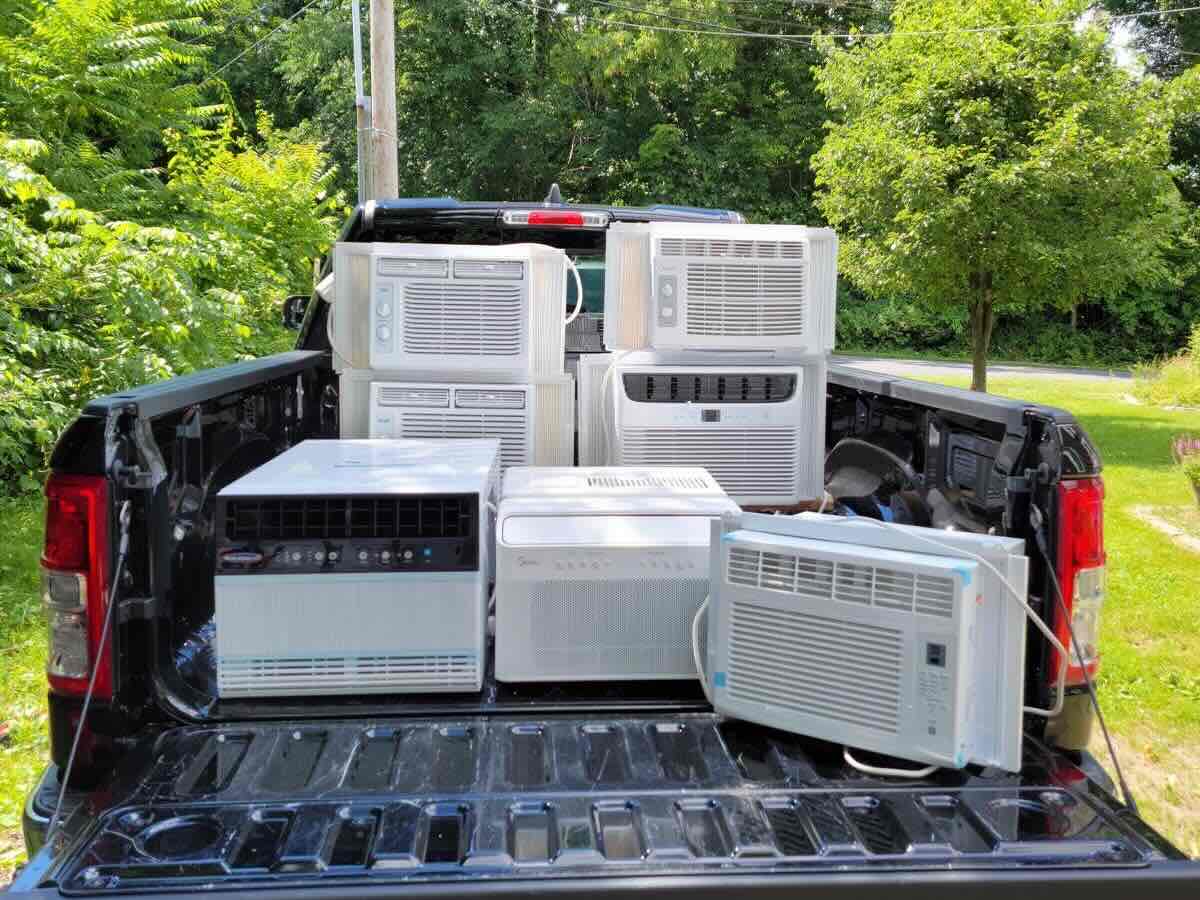

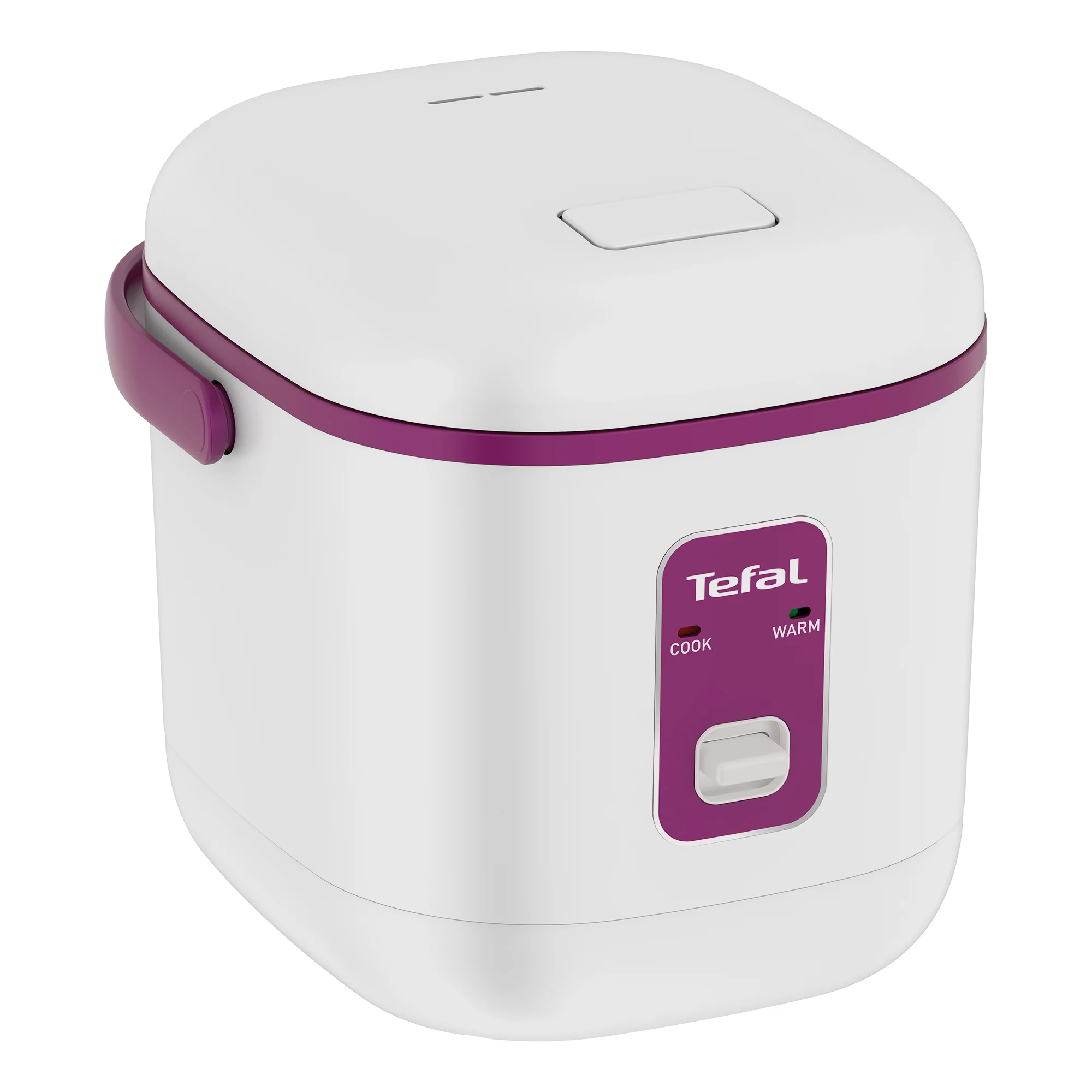
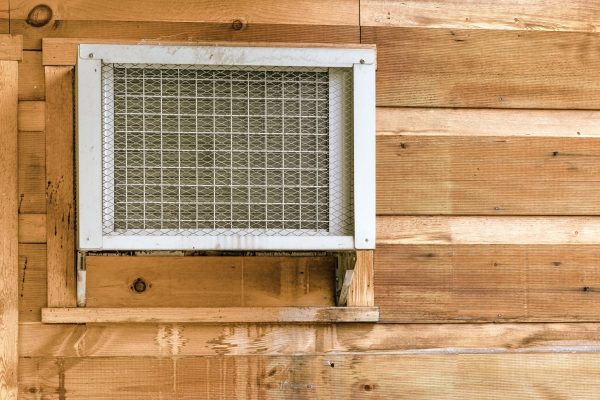
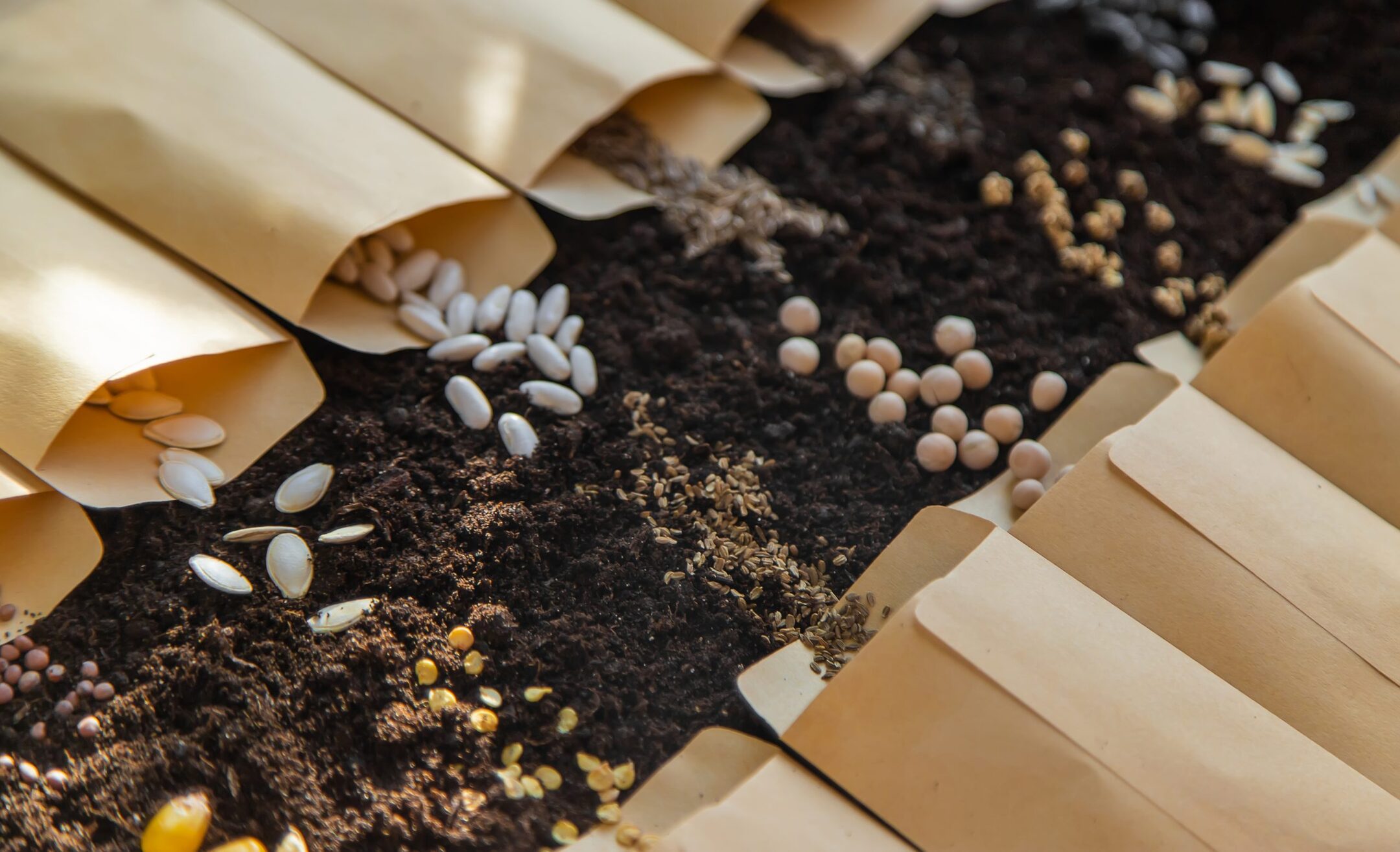
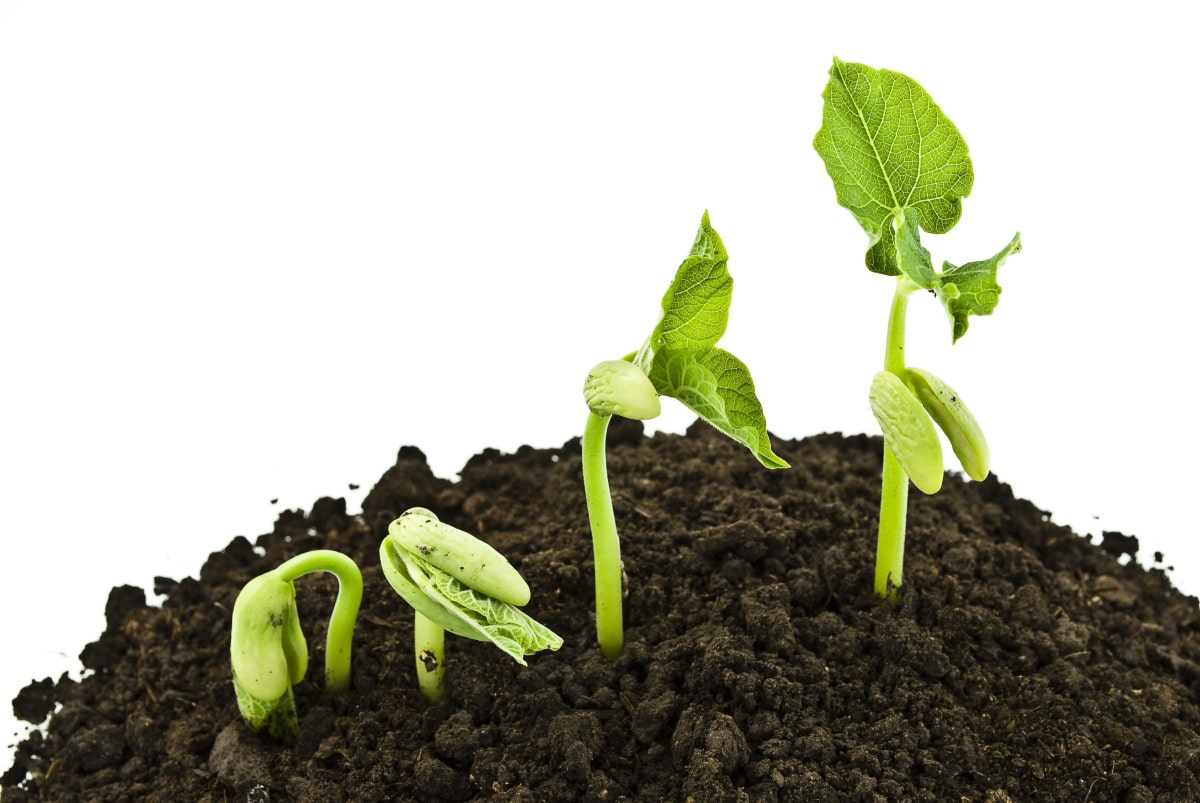
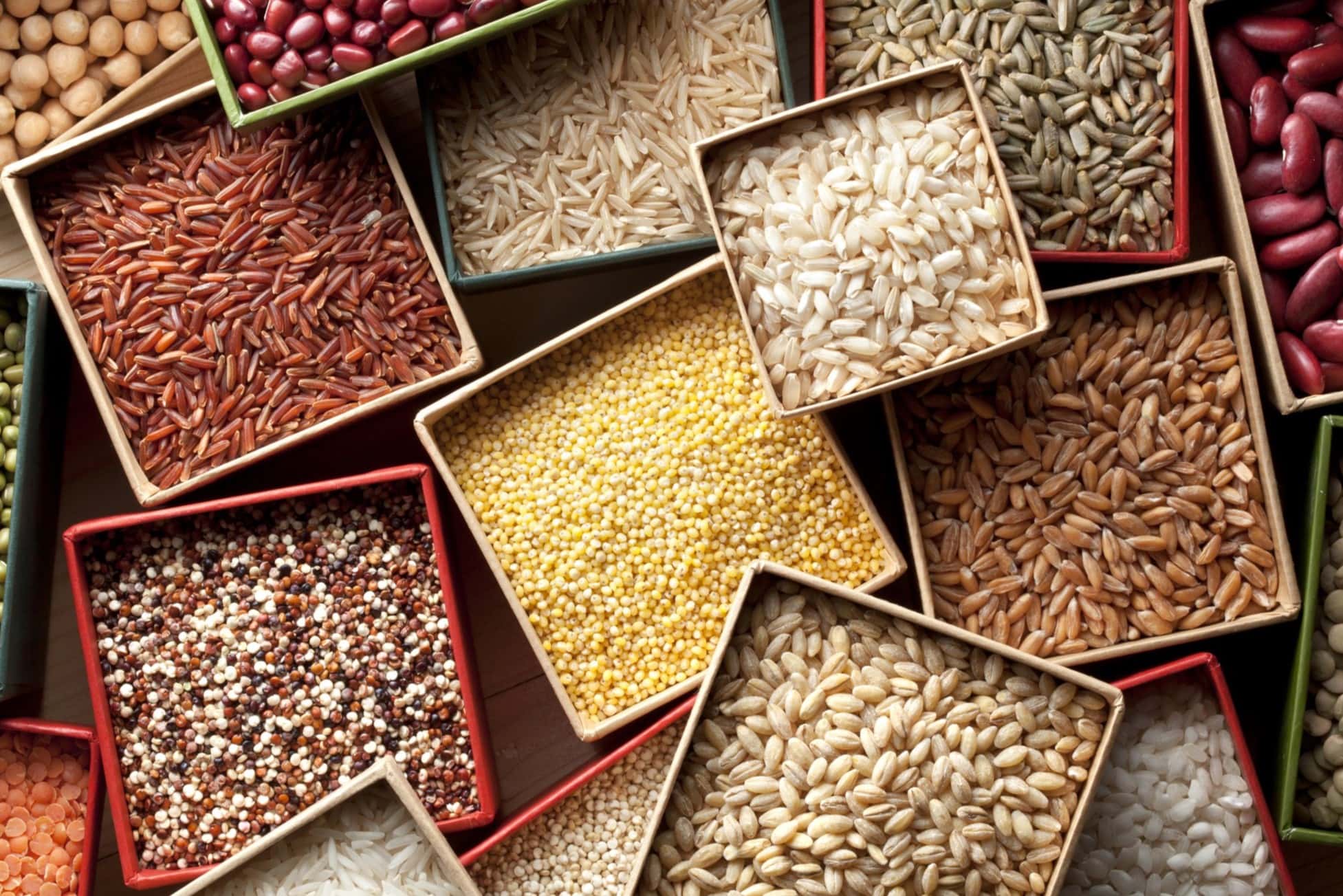
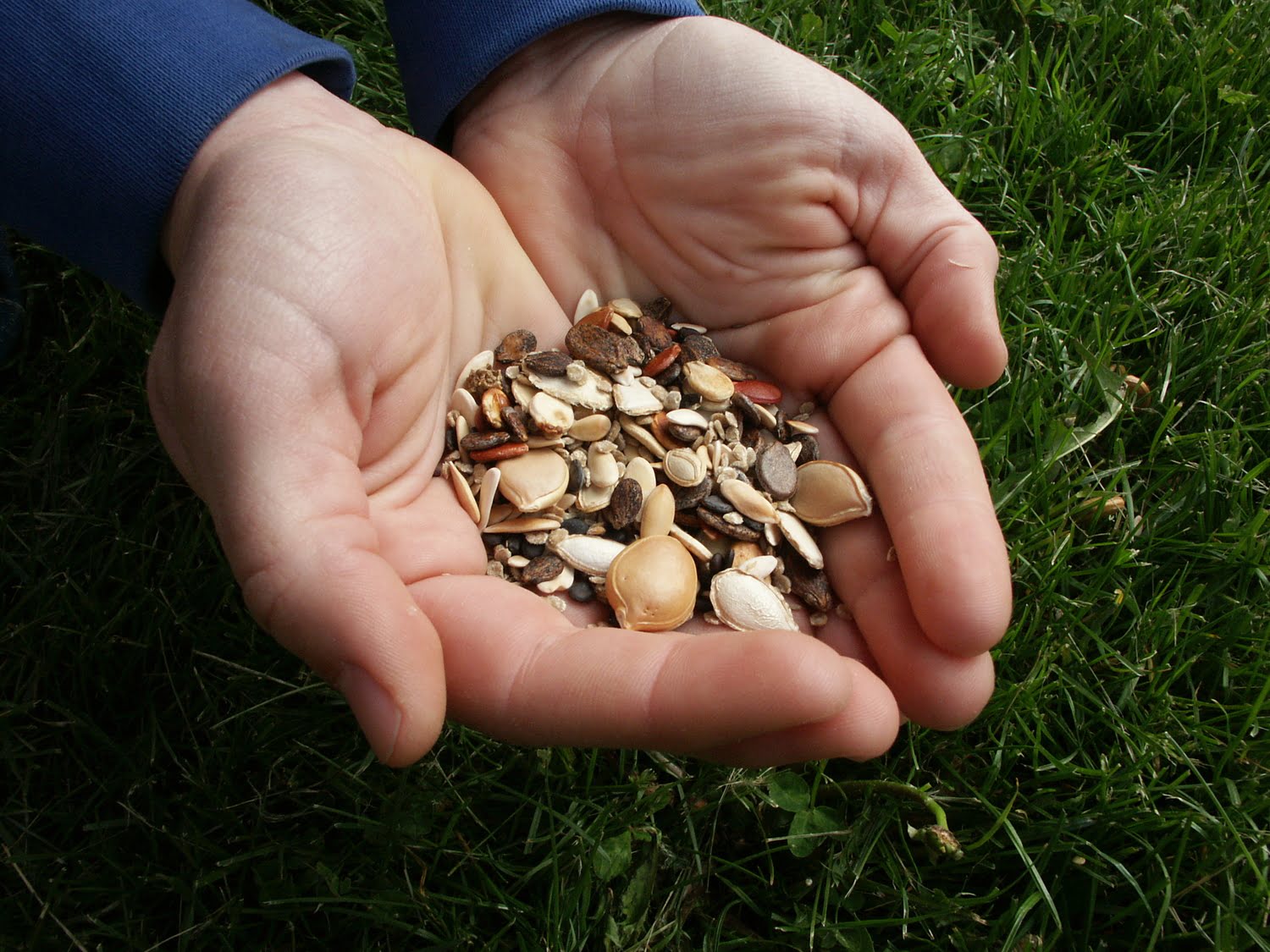
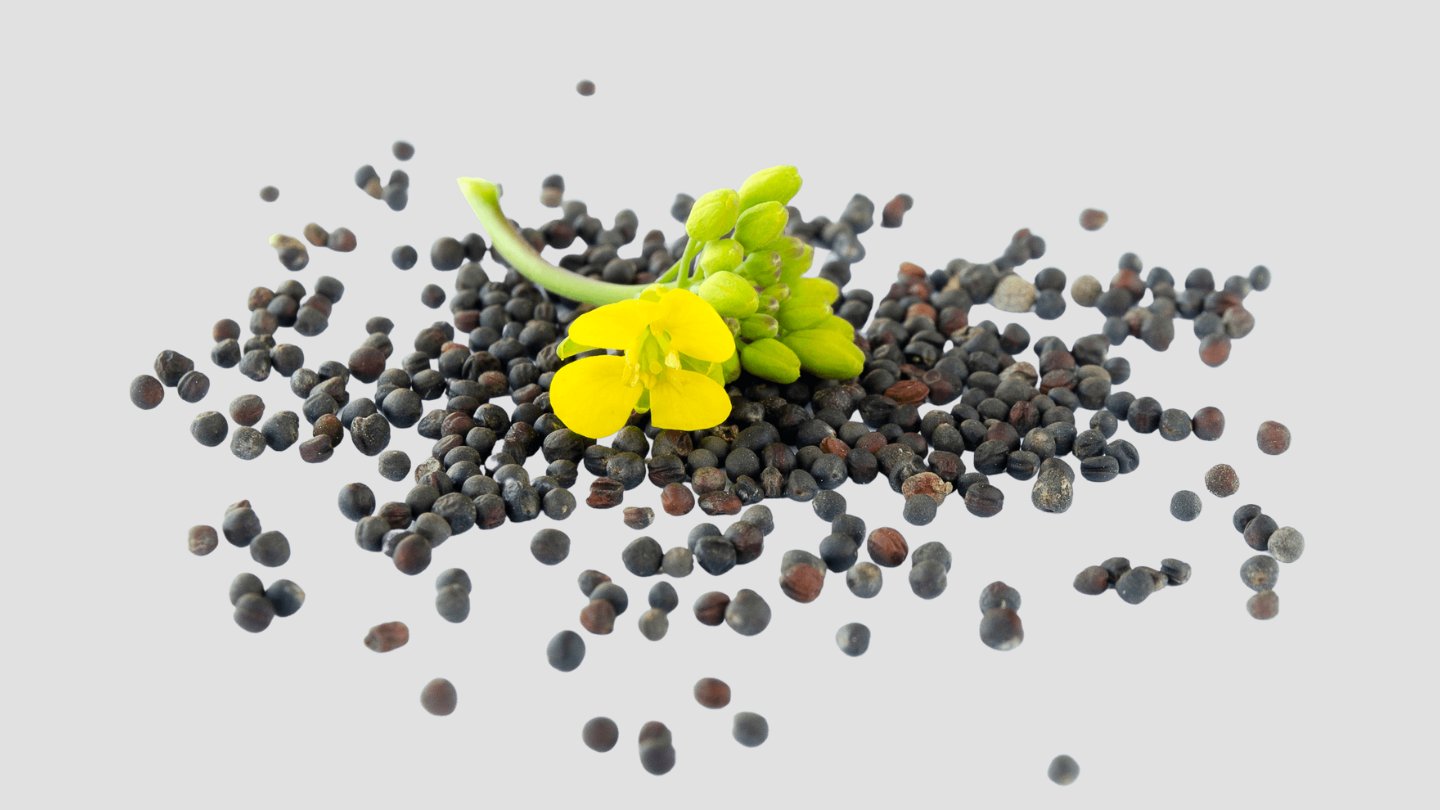
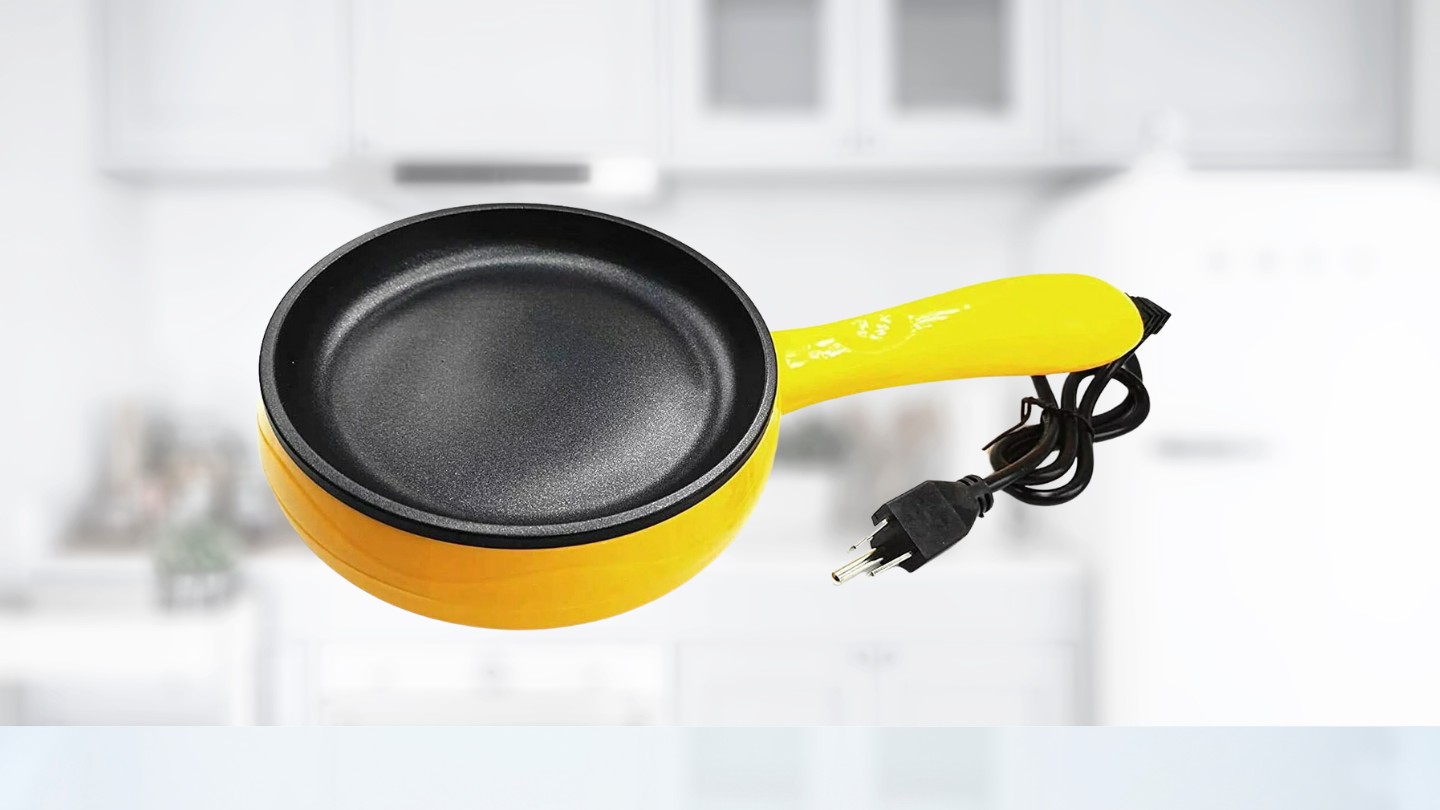

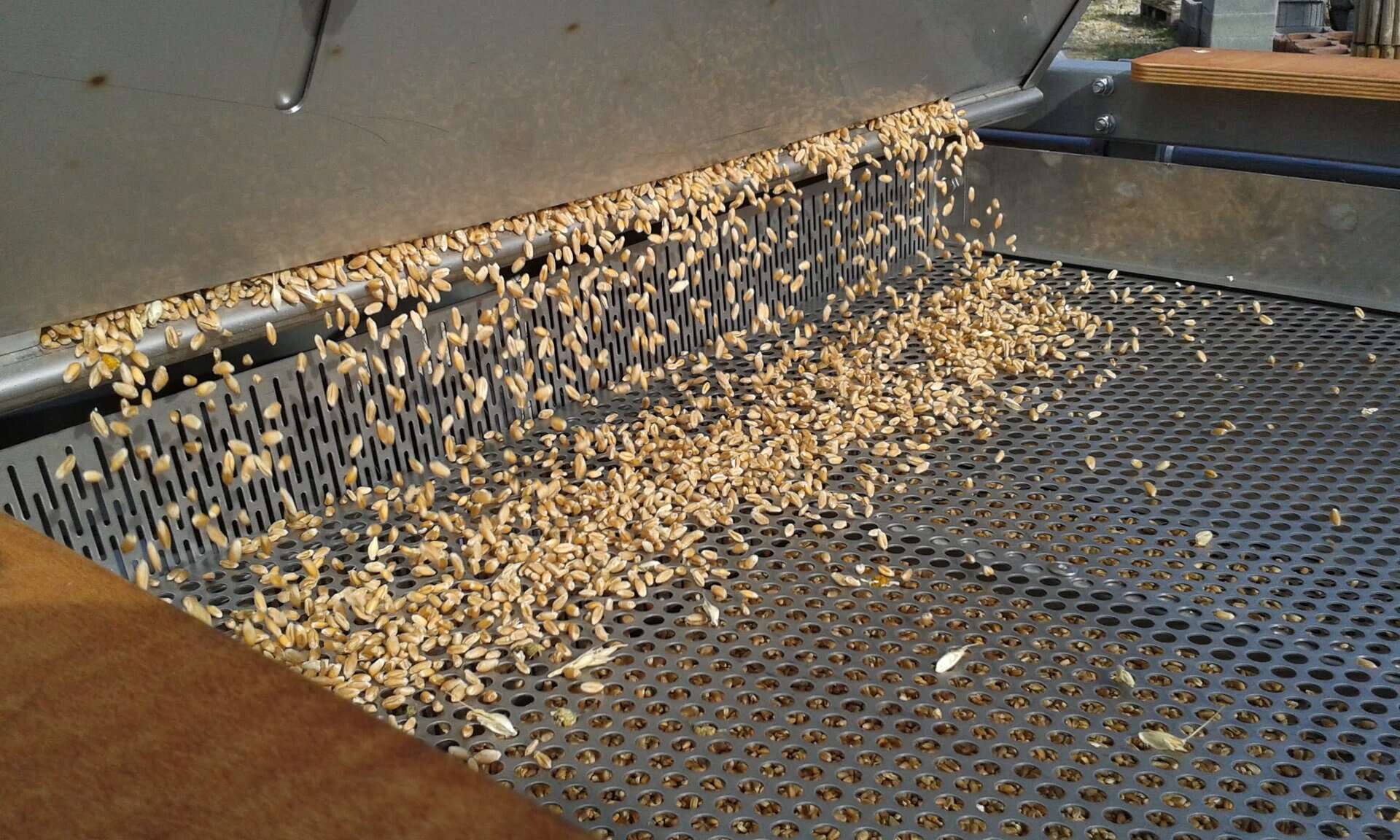

0 thoughts on “What Is The Smallest Seed”